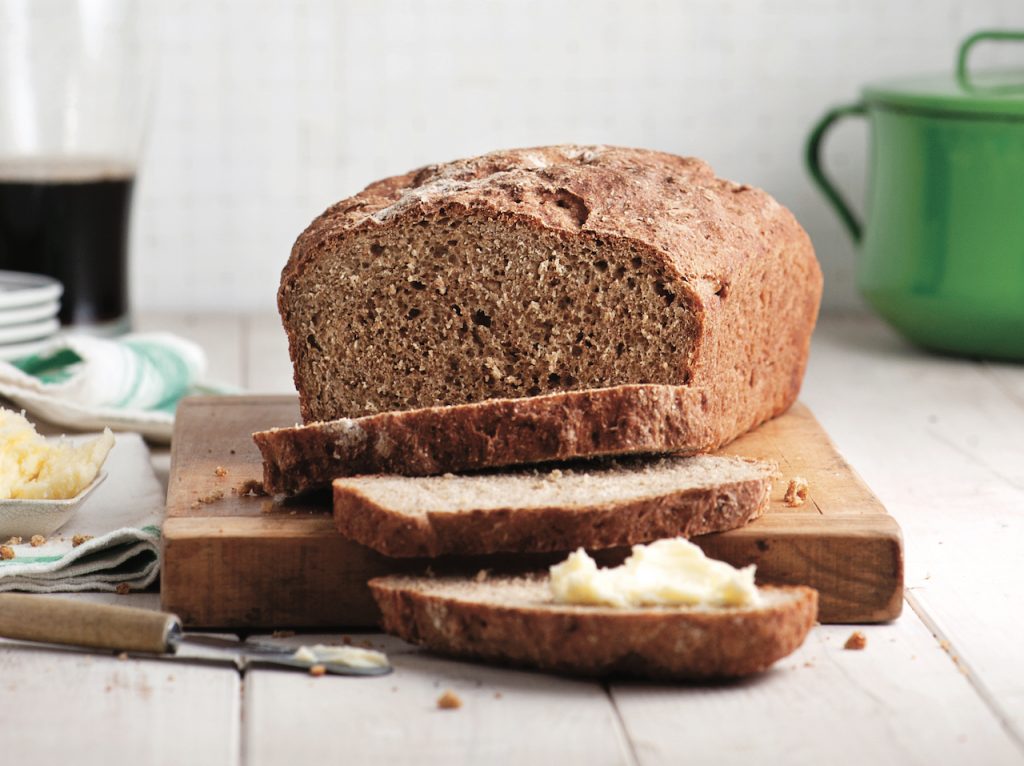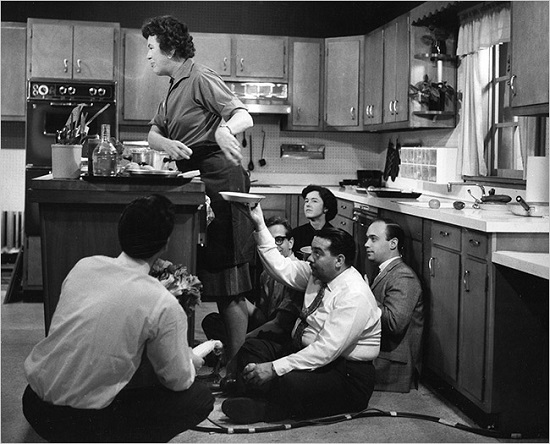The bees that make that honey are essentially slaves with short lives. It takes 12 bees to produce a teaspoon of honey during their lives. Several generations of the Coggshall family dealt with honey and beeswax. Some useful information about honey is at this link.
Category Archives: Food
Chocolate Tastes Good AND Is Healthy for You
 It is rare to find a situation where there are few downsides along with the upsides. But eating chocolate, especially dark chocolate, is such a situation. However, the sugar and fat are fattening, and there is a risk of migraines, poor bone health, and heavy metals.
It is rare to find a situation where there are few downsides along with the upsides. But eating chocolate, especially dark chocolate, is such a situation. However, the sugar and fat are fattening, and there is a risk of migraines, poor bone health, and heavy metals.
Kiwano Horned Melons Look Ugly But Taste Awful
 We are an adventurous eater, so we bought a kiwano horned melon in Safeway, based on an article in Parade magazine. It was esoteric-looking, which was surprising at a store that is so mainstream. When we were preparing a small plate of fruit for breakfast we were baffled as to how to eat it. The Web advised us to slice it open and spoon the pulp directly from the rind. We are brave eaters of new foods, but this fruit exceeded our limits. Other fruits such as cantaloupes have seeds and goo inside them, but people (including us) throw the seeds and goo away. Apparently, it is a popular snack in Africa.
We are an adventurous eater, so we bought a kiwano horned melon in Safeway, based on an article in Parade magazine. It was esoteric-looking, which was surprising at a store that is so mainstream. When we were preparing a small plate of fruit for breakfast we were baffled as to how to eat it. The Web advised us to slice it open and spoon the pulp directly from the rind. We are brave eaters of new foods, but this fruit exceeded our limits. Other fruits such as cantaloupes have seeds and goo inside them, but people (including us) throw the seeds and goo away. Apparently, it is a popular snack in Africa.
Why can’t I Buy Bread in Stores that is as Good as I can Make Myself?
 In yesteryears, there was a popular bread named WonderBread. Nutritionists said, “It’s a wonder it doesn’t kill you!” And there was a saying about the miracle of sliced bread. Today you can buy a variety of tasty and nutritious loaves—sliced or unsliced–from competent bakers or at farmers’ markets. But even those loaves don’t satisfy as much as ones that you have made yourself. We grew up next to our grandparents, and we loved it when our grandmother gave us a still-warm loaf (which was raised next to a wood-burning stove) for our next meal. In our case, we purchased a bread machine (ours is the Zojirushi), which does most of the work and ensures that our timing of the mixing and raising are correct. Most of our value-added is in choosing a recipe (we refer to The Bread Machine Cookbook, by Donna Rathmell German), assembling the ingredients, making sure that it is behaving properly in the early stages, and carefully removing the loaf from the machine (it doesn’t surrender its bounty without effort). The pandemic underscored the benefits of home baking.
In yesteryears, there was a popular bread named WonderBread. Nutritionists said, “It’s a wonder it doesn’t kill you!” And there was a saying about the miracle of sliced bread. Today you can buy a variety of tasty and nutritious loaves—sliced or unsliced–from competent bakers or at farmers’ markets. But even those loaves don’t satisfy as much as ones that you have made yourself. We grew up next to our grandparents, and we loved it when our grandmother gave us a still-warm loaf (which was raised next to a wood-burning stove) for our next meal. In our case, we purchased a bread machine (ours is the Zojirushi), which does most of the work and ensures that our timing of the mixing and raising are correct. Most of our value-added is in choosing a recipe (we refer to The Bread Machine Cookbook, by Donna Rathmell German), assembling the ingredients, making sure that it is behaving properly in the early stages, and carefully removing the loaf from the machine (it doesn’t surrender its bounty without effort). The pandemic underscored the benefits of home baking.
Could Stay-at-Home Orders Cause an Increase in Alcoholism?
 There are multiple reasons that people may increase the number of alcoholic drinks they consume. The overall stress of the current pandemic leads people to turn to alcohol for relief. The absence of one’s numerous healthy alternatives, especially social ones that have been discontinued because of the pandemic can result in drinking with your spouse or other members of the household. And sitting in front of a TV set longer than in the pre-pandemic days expands the opportunity to drink. Examples are numerous.
There are multiple reasons that people may increase the number of alcoholic drinks they consume. The overall stress of the current pandemic leads people to turn to alcohol for relief. The absence of one’s numerous healthy alternatives, especially social ones that have been discontinued because of the pandemic can result in drinking with your spouse or other members of the household. And sitting in front of a TV set longer than in the pre-pandemic days expands the opportunity to drink. Examples are numerous.
Kudos to Stores for Using Internet to Serve Households
Grocery stores, in particular, deserve a lot of praise these days for their quick response to the challenges caused by the CoronaVirus. We personally experienced this in the case of using Instacart at our local Safeway. We actually were in touch with the staffer who was picking items from their shelves, and we could answer questions regarding the items he was choosing and make decisions in real-time
Restaurant Meals Can Make You Fat
Even if you eat in upscale restaurants in the U.S. or most other high-income countries, you normally are served meals with considerably more calories than you need. If you want to maintain a “Normal” BMI (Body Mass Index) you need to eat only a portion of the meal and take the rest home. It is even worse if you either (1) eat in downscale restaurants or (2) eat at fancy restaurants with 10-course “tasting menus. And if you eat enough to weigh 100 pounds or more too much you can expect to die 14 years younger than a person with normal BMI.
Alzheimer’s Disease Drug Research Proceeds; Diabetes Drugs, Vitamin B1, and Flossing May Work
With millions of people affected by Alzheimer’s disease, there is a lot of interest by drug companies to come up with a cure. But that interest has thus far not translated into drugs that work. Two companies—Pfizer, Inc. and Axovant Sciences Ltd.—have recently exited the business, but others are continuing their research, and new ones are starting. Curiously, new research indicates that drugs used to treat diabetes may work for Alzheimer’s too … at least in mice.
The brain needs vitamin B1 (thiamine) to make acetylcholine as Alzheimer’s sufferers are deficient in it.
And another possible way to avoid, or at least delay, Alzheimer’s is to floss your teeth religiously.
Newspaper Recipes’ Claims of Brevity and Simplicity Can Shorten Your Life
Even famous cookbook author Julia Child needed help in the early days of cooking shows on television. So unless you have a personal food shopper with access to world-class farmers markets and a personal prep chef (the person who does all the slicing and dicing) there is no way that you can come close to turning out a gourmet meal in 30 minutes or less or getting a “weeknight” meal on your family’s table before your family perishes of hunger. Some men enjoy cooking as a relaxing analog counterpoint to their stressful digital days, but it is not fair to them to make them salivate over recipes from professional chefs who DO have prep chefs and MAY have assistants rounding up the ingredients (or perhaps they personally do the shopping but don’t count that in the short time claimed in the recipes).
A particularly egregious example appeared in the May 6 Wall Street Journal, promising a meager 20-minute stint. We were immediately suspicious when we noted that there were 12 ingredients (not counting the Parmesan cheese, a critical addition that makes most every pasta dish tasty). We have a pretty decent farmers market, but none of the sellers had any garlic “scapes” (none of them had even HEARD of these scapes). To be fair, the chef-author mentioned that he would omit the scapes because of his kids, but readers could substitute scallions (AKA green onions), ramps (equally arcane and probably at least as unavailable as scapes), or plain old dependable garlic (maybe his kids are used to that). Beyond this, the capers (not a common household item) needed to be rinsed and chopped, a fussy and time-consuming task.
The bottom line: 40 minutes would be a lot more accurate. And doubling the time might be a good rule-of-thumb when you see recipes that promise fast gourmet meals.





